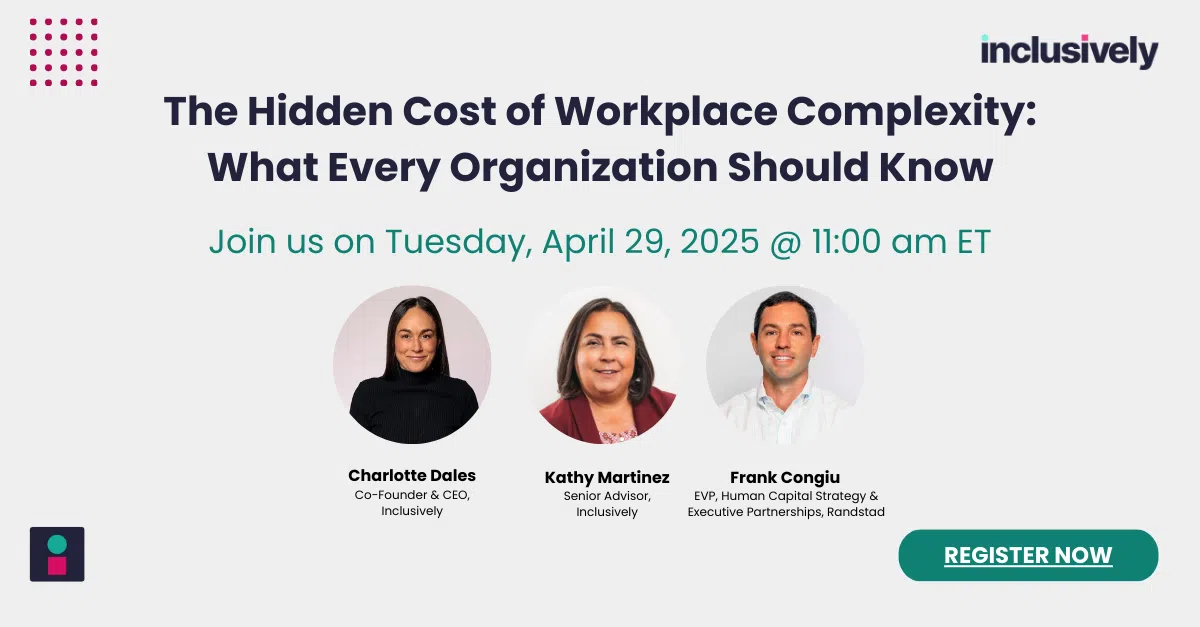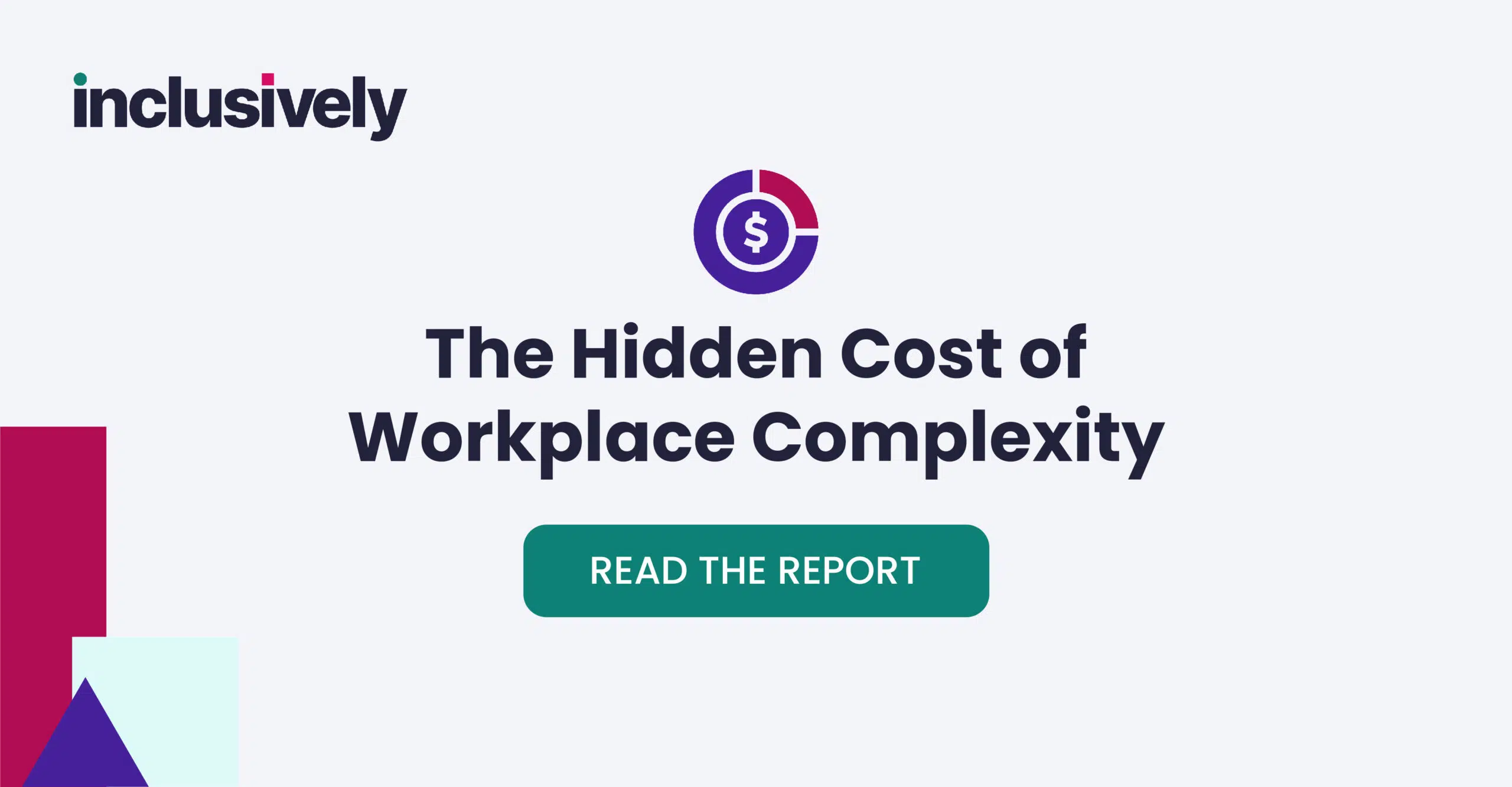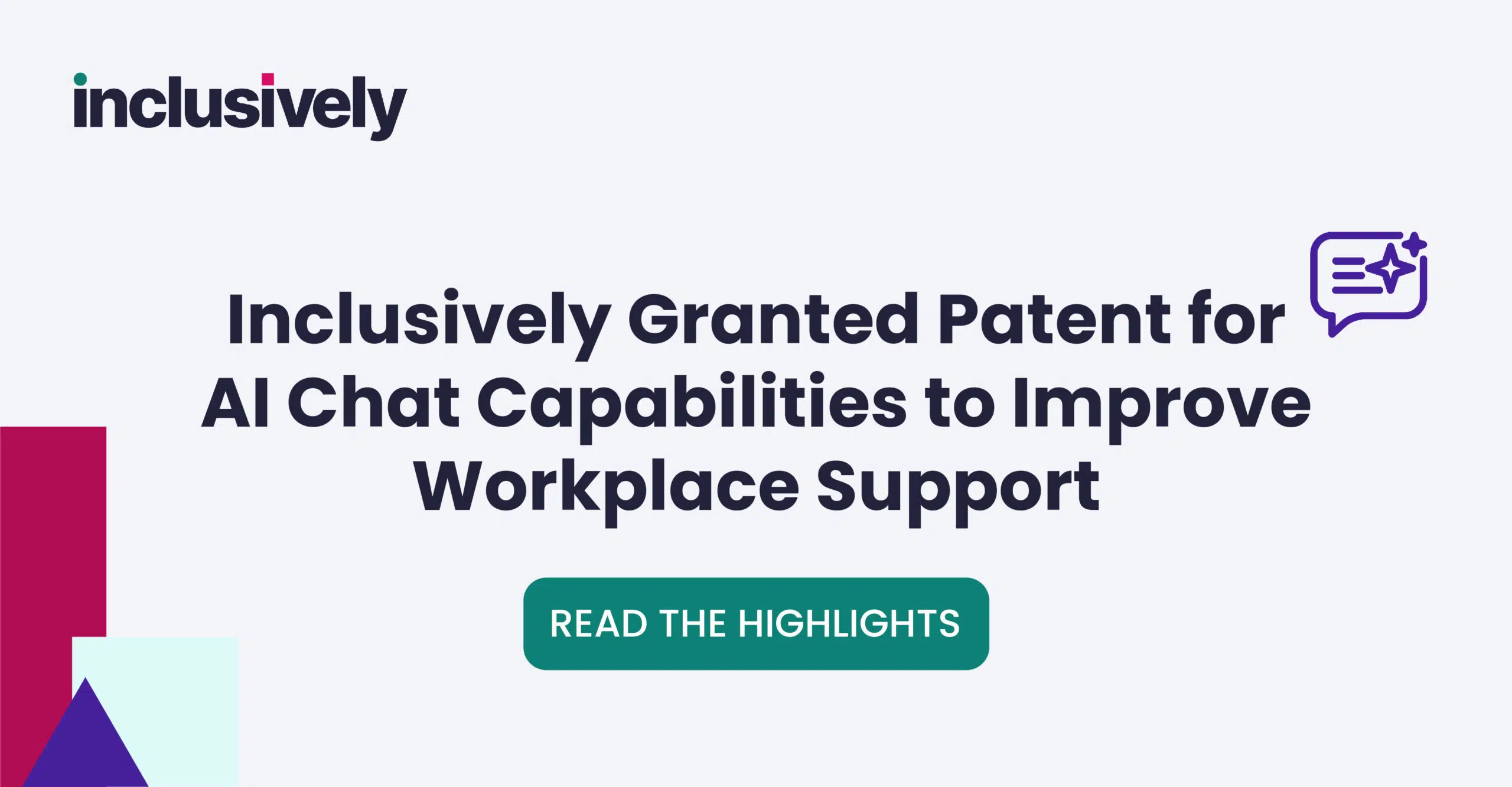And Why “Pre-Pandemic” Days Won’t Be Returning
We’ve all read the stats around the Great Resignation, and we’ve heard stories from overwhelmed talent acquisition teams who have far more spots to fill than they have candidate replies in their inboxes. We’re experiencing the tightest labor market in half-a-century, but what some are only now coming to grips with is the nature of the shift. Interestingly, the dramatic revolution in employment norms has as much to do with demographics as it does pandemics. What’s becoming clear is that what matters to your newest employees is very different than what matters to those who have tenure, and that the shift is happening more rapidly than most companies are able to adapt.
Younger generations are changing jobs more than any in history
Gen Zers began entering the workforce in the midst of a global pandemic. These new workers, who will represent 33% of the workforce by 2030, grew up hearing their parents talk about 9/11; they were elementary-aged when the 2008 financial crisis hit; many of them wore PJs to Zoom graduations. They also likely started their first full-time job from their parent’s basement instead of an office-park or high rise. Gen Zers have grown up with a higher threshold for change, and that comfort-level is playing out in the numbers: while job transitions across all workers increased by 54% YOY, for Gen Z the number was 80%. Think about that: four out of five Gen Z employees switched employers over the course of 12 months. Millennials’ rate was 50% over the same period (still extremely high), while Gen X counterparts rate was 31%.
Younger generations expect a stronger culture that reflects diversity and inclusion, work/life balance and flexibility
While all employees have become more interested in flexibility and work/life balance over the last two years, the numbers skew dramatically higher in younger generations. 66% of Gen Zers report wanting mental health and wellness support from employers, versus 51% of millennials and 41% of Gen Xers. This disconnect between Gen X leaders in management positions versus their younger employees is a leading contributor to the great resignation. A recent report from MIT’s Sloan Management Review found that toxic culture is “by far the strongest predictor of industry-adjusted attrition and is 10 times more important than compensation in predicting turnover.” Their analysis found that leading elements contributing to toxic cultures include failure to promote diversity, equity, and inclusion; workers feeling disrespected; and unethical behavior.
And as the Washington Post recently noted, “For younger job seekers, diversity and inclusion in the workplace aren’t a preference. They’re a requirement.” The article goes on to state that “76% of employees and job seekers said a diverse workforce was important when evaluating companies and job offers.” The same survey found that nearly half of Black and Hispanic employees and job seekers said they had quit a job after witnessing or experiencing discrimination at work; and one third of employees and job seekers said they wouldn’t apply to a company that had negative satisfaction ratings among people of color.
Companies that are not actively and sincerely addressing diversity, equity and inclusion are likely already suffering the consequences, which will only worsen as Boomers and Gen Xers are replaced by their younger and more progressive counterparts.
Younger generations are more mission-driven
According to a 2021 McKinsey study, while 2/3rds of US-based employees reported that the COVID-19 pandemic caused them to reflect on their purpose in life, millennials were three times more likely than their older counterparts to report that they were reconsidering the kind of work they do. Herein lies yet another disconnect: while “85 percent of execs and upper management said that they are living their purpose at work, only 15 percent of frontline managers and frontline employees agreed. Worse, nearly half of these employees disagreed, compared with just a smattering of executives and upper management.
Said another way: the folks who most want to feel that they’re living their purpose at work are the least likely to feel that they’re living their purpose at work. But their leaders do feel connected, and may intrinsically misunderstand why their subordinates do not.
Millennials and Generation Zers have received accommodations in education and expect the same in the workplace
Between 2000 and 2020, the number of students who received special education services under the Individuals with Disabilities Act increased by more than 15%, to 7.3 million (representing 14 percent of all public school students). Those entering the workforce today have been raised in a culture of disclosure and accommodation dramatically different than their Generation X counterparts, which is reflected in the fact that self-disclosure of a disability among new hires increased 25% between 2019 and 2021 alone.
While prior generations may have approached their own disabilities or those of loved ones with shame and fear, younger generations have a completely different conception of disabilities. They’re more likely to embrace disabilities as facts of life that many friends and loved ones experience over time. Employers who embrace this reality will reap the benefits of higher engagement and retention from younger employers who not just expect but demand to be accommodated.
The bottom line? Embrace change or become irrelevant.
Companies that are not taking a proactive approach to addressing the issues that matter to future leaders — diversity and inclusion, work/life balance and flexibility, and mission-driven work — will continue to suffer the consequences, such as losing critical talent to the companies that successfully imbed DEI into not only their recruiting and hiring practices but also into their broader corporate culture. The good news? Doing so will reap multiple benefits, as countless studies have shown; a recent Harvard Business School report found that companies that champion disability inclusion achieve 28% higher revenue, 30% higher profit margins and 2x net income.



